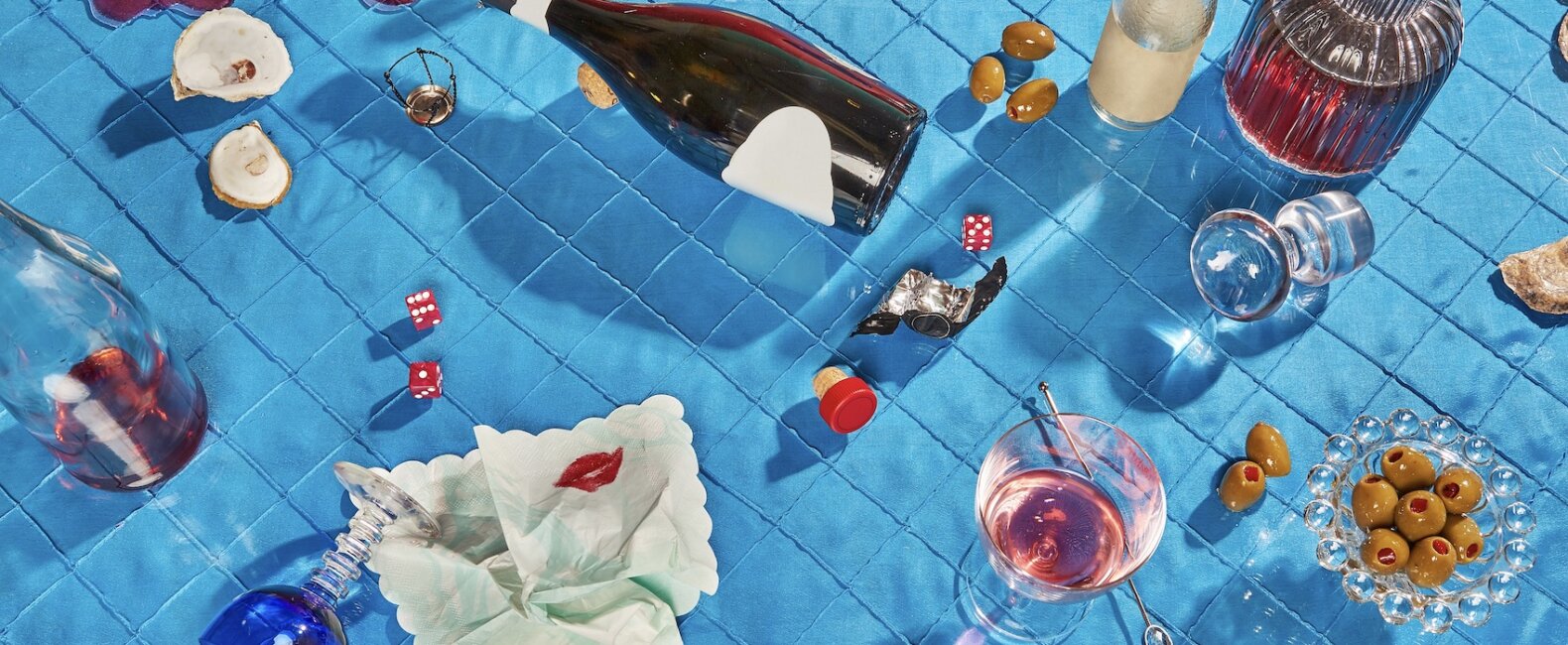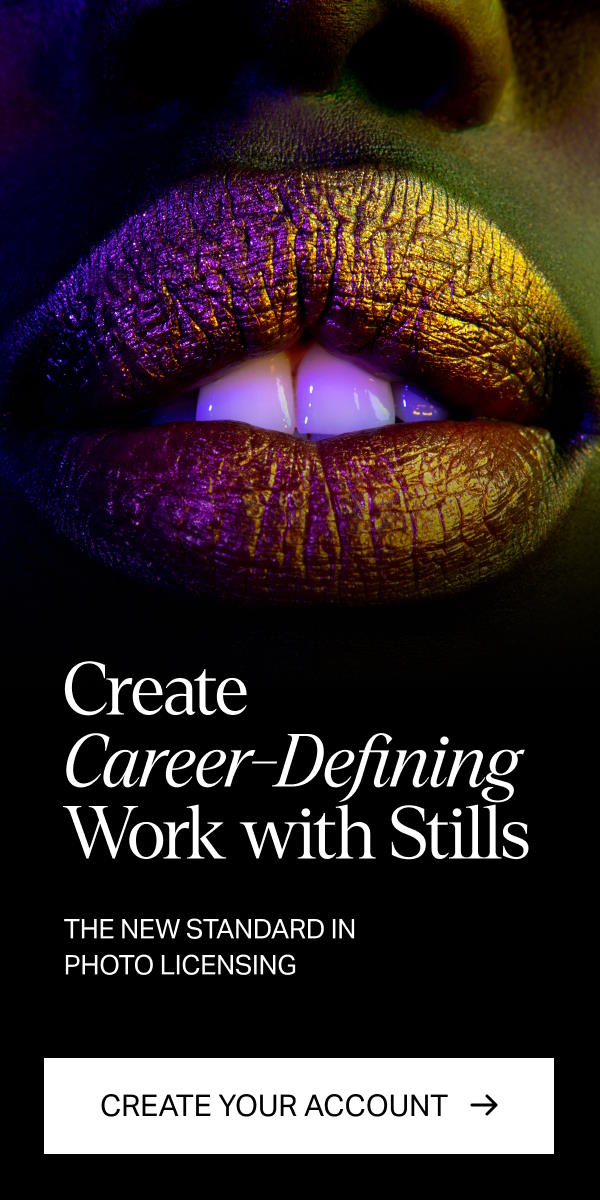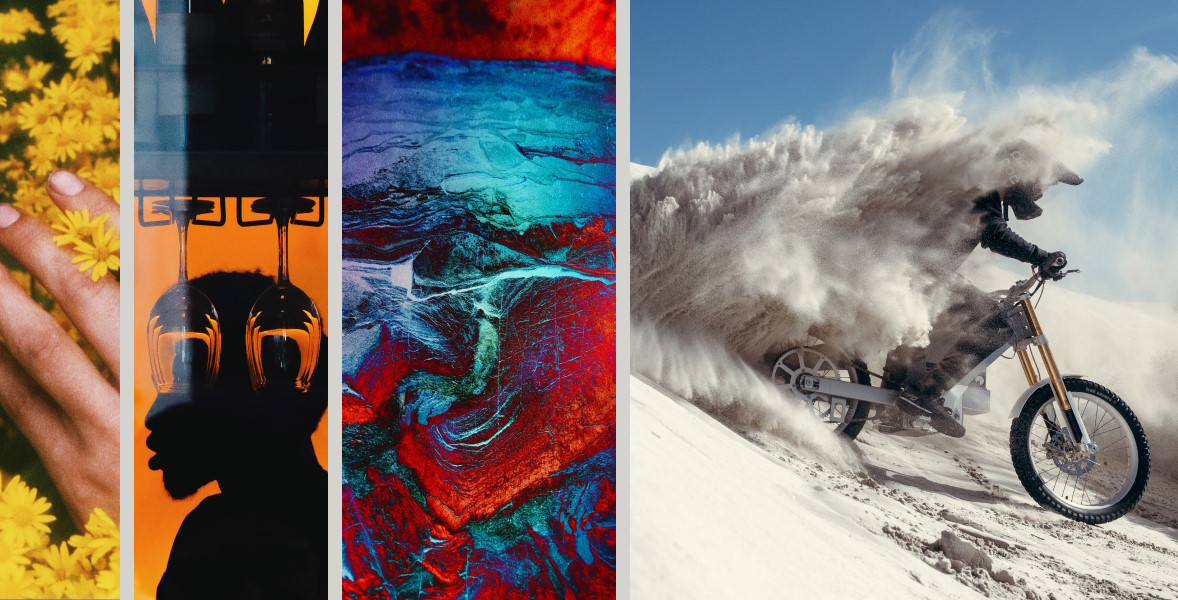While design trends may ebb and flow, Jessica Walsh always stands out as a force for bold creativity and unwavering individuality. From her early days building websites at just 12 years old to founding &Walsh, a thriving New York-based creative agency, Walsh’s journey is a testament to the power of embracing unique perspectives and pushing boundaries.
Learn more about Jessica’s creative process, the stories behind her iconic projects, and the invaluable advice she has for aspiring artists.
Stills: What was the most influential role or experience you had as a designer and creative?
Jessica Walsh: When I was 12 years old, I created a website to teach others how to code and design their own websites. I started this as a hobby but quickly started making a ton of money off the website from Google advertisements, and also started to get commissioned shortly after to do website design and development professionally. My whole life I assumed I’d have to take a more traditional career path in business or finance to make money, but this early success gave me the confidence to go to art school. I feel so fortunate to have had that experience so young as it helped me really commit to my path towards becoming a creative.
How do you stay creatively inspired and motivated? Are there any resources like books or music that you utilize for creative inspiration?
When you look at other work within your field as inspiration, you run the risk of creating things that have already been done before. I prefer to collect inspiration from fields outside of design: such as art, fashion, film, furniture, literature or psychology. I think that the more varied and obscure your inspiration is, the fresher your work will feel. Quite literally, everything we do, see, or listen to can inspire us subconsciously. I try to diversify my experiences to keep my work diverse and interesting.
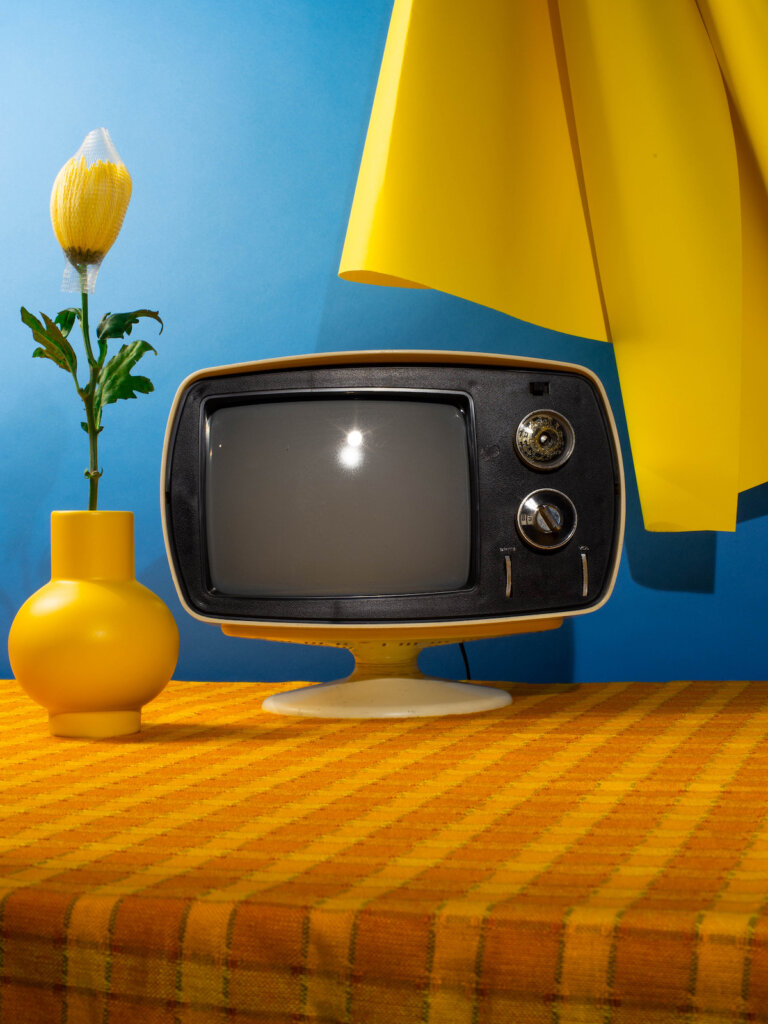
Your work often features bold and innovative designs. What strategies do you use to push creative boundaries and challenge traditional design norms?
Our approach to pushing creative boundaries is to deeply immerse ourselves in our clients’ business and build trust with them so that when it comes to creating something distinctive and new we already have that foundation of trust already built. I can take you through a few examples:
For Frooti we were engaged to relaunch their brand for the first time in 30 years in India. I went to India to survey the landscape and really learn about the businesses and places that Frooti is advertised and sold in. Our client Nadia Chauhan took me through all of the challenges of advertising in India and the pain points that can come with language with so many different dialects in India. This insight inspired us to create an identity design that could tell stories about the product without using a ton of words. We landed on a miniature photographic and stop-motion approach that hero’d the new packaging design but was so different stylistically and conceptually from what anyone was doing in the space. The redesign and campaigns were extremely memorable and got tons of press. Now, if people see the miniature characters and worlds, they know it’s a Frooti ad, without even saying Frooti or showing a Frooti logo. We have continued to build on these worlds since 2015 with the Frooti team.
Another project that stands out is GUT. We initially worked with GUT in 2019 to create their logo that centered around a spiral GUT intestine. They have since grown to over 500+ in over seven countries and we have continued to work with them to expand their library of assets and brand guidelines. Not many people have the GUTs to move forward with a GUT intestine logo but that asset is so powerful in distinguishing them and their story from other advertising agency players.
Plenty is a fun one too, we set out to create a produce brand that could be as crave-able as a burger and fries. Aligning this strategy first with the brand gave us such an interesting space to play in design-wise. We created a typeface you literally wanted to eat and challenged category norm colors that were instead inspired by fast food brands.
To come back full circle on the question, it’s really important to establish trust before going into a design language that challenges design/category norms. We put a lot of focus on the upfront discovery and strategy work to make sure we have the time to properly gain that trust before going into design.
When it comes to setting the art direction in your projects, tell us more about the process. Is there a specific feeling you want to convey, is it a team effort, or is it more of a trust-your-gut type of moment?
At &Walsh, we aim to create timeless brands that stand out from a brand’s competition. To do this, when we on-board our clients, we will take them through a “brand therapy” phase to help brands “find their weird.” “Finding your weird” does not mean all our brands turn out bizarre. Sure, we’ve created some brands with flying unicorns, but that was for truly irreverent brands. We also create much more minimal brands when that creates a level of distinction within a brand’s category.
One of the workshops we host during “brand therapy” is a creative attributes workshop. These attributes guide almost all of our creative decisions from logo design, to type choices and the overall art direction. Following brand therapy we put together references for our clients in each of these areas that bring to life the creative attributes we align on. Once we take our clients through the reference directions we get a good idea of what they are gravitating towards which then influences the creative brief for art direction.
How do you overcome creative roadblocks?
Even creatives at the top of their fields go through creative roadblocks, waves of self-doubt, hating their work, or questioning what they’re doing. It used to scare me, but now I think that feeling is great! It means you’re challenging yourself and evolving. I seek out projects like this where some aspect of it is new. Whether it’s a new medium or a client from a different culture where there is something new to learn, anxiety is a strong emotion that can work as a great motivator. When you should really be nervous is when you get bored or overly confident with your work. That’s when you risk creating mediocre work or making the same stuff over and over again. My advice is instead of letting anxiety consume you, channel the energy into motivation to work even harder to come up with a great idea.
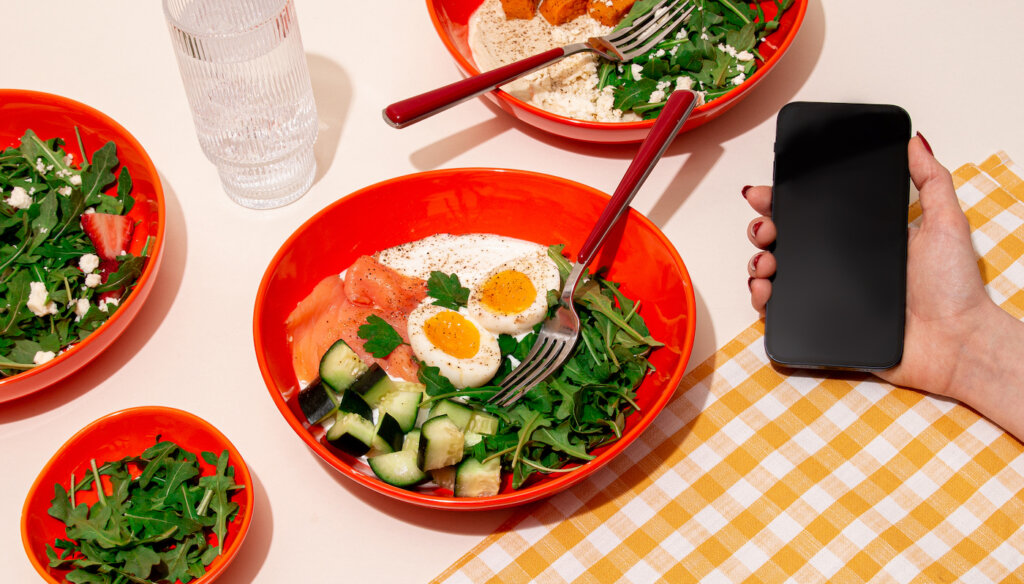
How do you foster effective collaboration between your team?
The key to effective collaboration is diversity in ideas and opinions. We live in a diverse world, so if you want to communicate a message or market products and services to the public, you need a diverse team, or else you’ll have blind spots. Not only is &Walsh a women-led studio, we also have team members in South America, the U.K., Europe, and across the states. We work across multiple time zones and in multiple languages, which lends to our collective perspective on a project. These different perspectives have a positive effect on our team, internal projects, and client work.
When it comes to leading this creative collaboration within our studio, I’ve learned that creative play is key. When you hear the word “play,” one often thinks of games. However, play is a mindset where you are experiencing a state of “flow” and have the optimal balance of challenge and opportunity based on your skill set. So you can “play” within games, but you can also play within your work. “Creative Play” means you are allowing yourself enough time and space to experiment without the risk of failure. I am interested in this more serious form of play and encourage our team members to find time to play and share their findings. This past year for example we have been doing inspo sessions where our team plays with different AI tools and then we share those creations.
&Walsh puts a lot of emphasis on how they present their portfolio work on social media/externally. What’s the thinking behind this and how does your team approach highlighting your work?
When we share our projects externally, it is important to us that the strategy and intention behind every project come through. Sometimes this means showing our work on custom shot photography vs just using available mockups. If we are doing a brand all about community and people and then our case study is only shown on phone mockups it really doesn’t bring the strategy to life in a clear way. We are offering some of the case study imagery we shoot on Stills because we know how difficult it can be to find images for your case study that go beyond the typical phone and tablet shots.
What design trend are you projecting for the future?
More maximalism and bold design choices in branding. So many brands got lost in what we call the “start-up sea of sameness” era. Brands are realizing they need truly distinctive assets to stand out from the competition and have longevity.
What types of projects resonate with you the most? What has been your recent favorite project?
I am most proud of my self-initiated projects, including Let’s Talk About Mental Health and Ladies, Wine & Design. The work we do through these social impact initiatives gives me a sense of purpose. Even when I have a lot of work on my plate, which is more often than not, I find the energy to keep going from connecting with other humans and trying to do some good in a sometimes dark world. I also have been working on my #SorryIHaveNoFilter series with our team to start conversations on the topics that are hard to talk about.
On the brand side of things, we have two projects coming out soon that I am really excited to share more details on. One is in CPG and the other is a Decentralized Exchange. While they are very different categories they share some similarities; they are both rebrands of startups at a time of maturation and they both leaned into their weird in ownable ways that are true to them and appealing to their audience. More to come on these in the next few months.
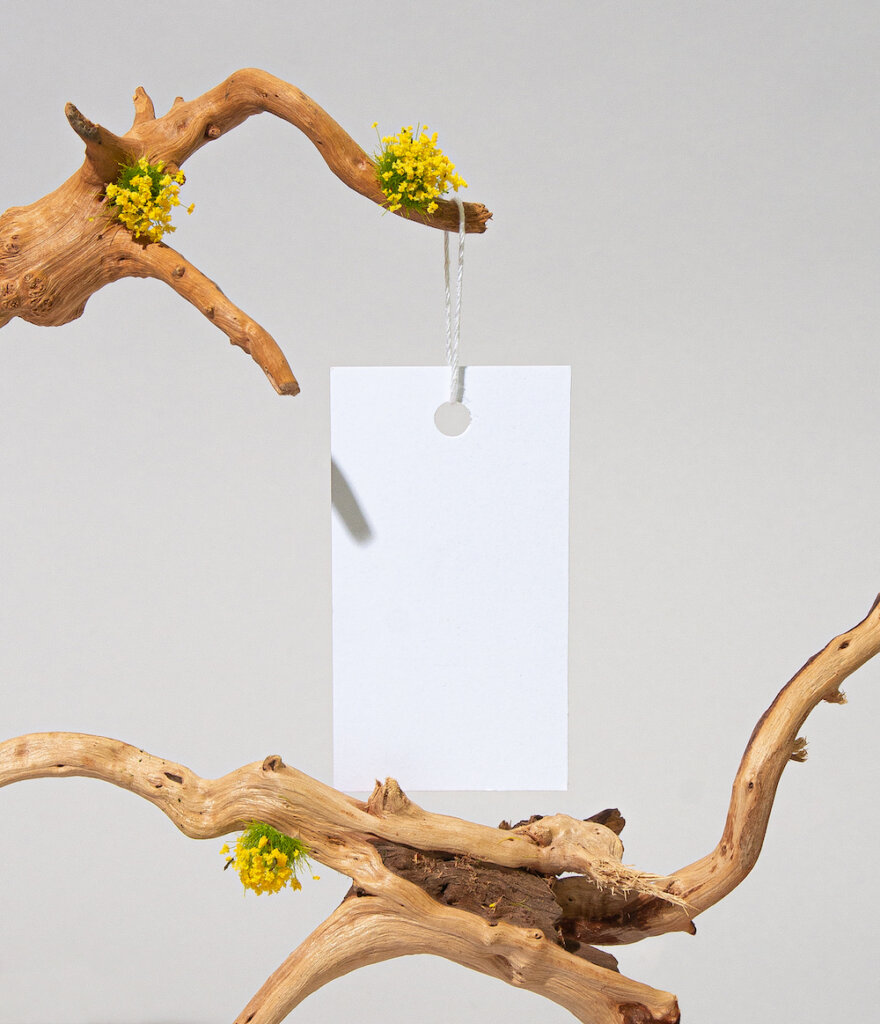
Your personal brand is very influential in the design community. How do you approach personal branding, and what advice would you give to emerging designers looking to establish their own brand?
People have described my work as “colorful, bold, emotional, surrealist, and provocative.” While I do have certain visual sensibilities I am drawn to, it has taken time and dedication to personal projects for me to find it. Many people struggle with ideas, especially when it comes to self-initiated projects or business concepts. It’s easier with creative client work since you’re often given set rules and limitations from the client, such as timelines, budgets, or pre-existing style guides. With your own projects, you can do anything! That is exciting, but also daunting. Most people drown when possibilities are endless. It’s like going to a restaurant with a thousand menu items, it’s much harder to choose what you want.
In terms of advice for emerging designers looking to find their style, my advice is to start with the question, “Why?” What are the struggles in your life? What are the things you are unhappy with that could be improved? These could be things that bother you in your daily routine, things that bother you about yourself, or things you think can be improved in the world. Create a list of all these “Whys?” and hone in on the ones you’re most passionate about. The things that excite you and infuriate you most are the ones you’re more likely to dedicate your time following through with. Next: ask yourself what you could do to fix each of these problems. Make mind maps and word association charts.
Additionally, I’ve found that it’s important to use visual constraints to develop unique graphic languages / ownable styles. The constraints you set for yourself can be anything. Try limiting color palettes, working with a unique tool, only using a specific shape, using only typography to make, etc. The tighter and the more unusual the constraints, the easier it is to do something unique. Your branding is not going to come together overnight. It will take time to evaluate what is important to you, the problems you want to solve, intentional constraints, and the challenges you overcome.
What is the biggest challenge you’re processing right now as a creative?
My biggest challenge is that I like challenge. Routine and boredom are my enemy. The moment something becomes easy and routine for me I’m always looking for the next challenge. I hope I continue to learn and grow and evolve. I’ve always been aware of my strengths and weaknesses, as well as our agency’s. This has helped me identify the areas I want to improve on, set goals, work towards them, and then determine the next steps to tackle.
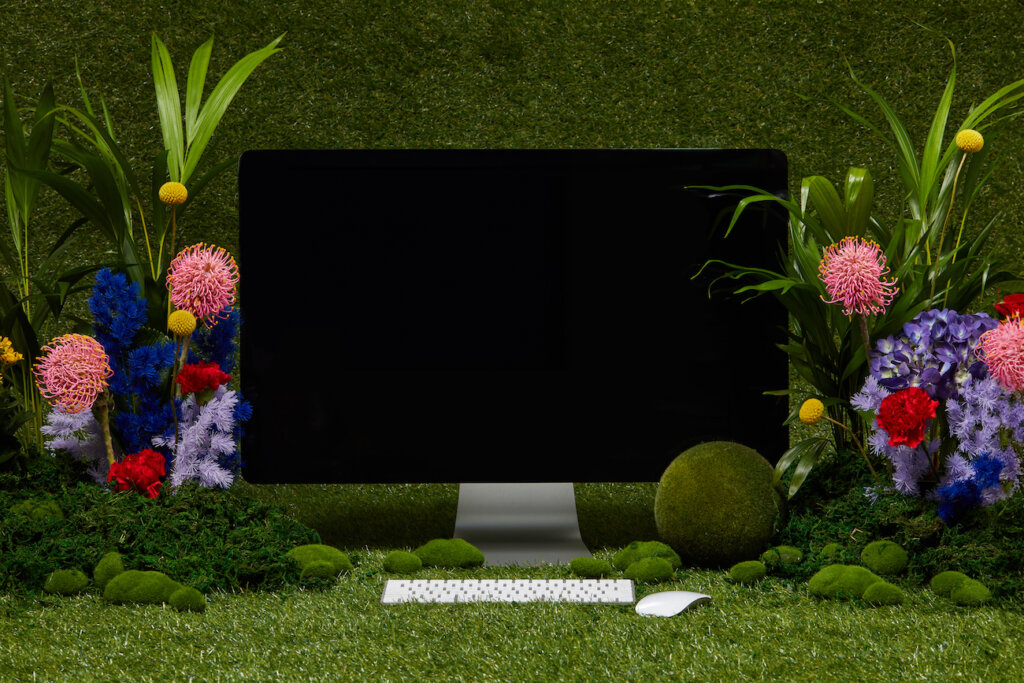
What’s a project you’ve had a lot of fun with over the last few years?
This past year we worked with Olly on a campaign for their women’s wellness products with a specific focus on their libido and vaginal PH product. I have always been passionate about vagina owners feeling absolutely no shame when it comes to their vaginal health so this was a dream project to work on. The multi-channel campaign centered around the idea of “Big Vagina Energy.” Say it loud and proud! Working closely with the Olly team we strategized and brought to life a world called the Ollyverse that we wanted people to enter when they interact with the campaign. The Ollyverse was built to remind anyone with a vagina that their body is never an apology.
Who has been the most influential person in your life professionally?
The two biggest female inspirations in my life are my mom and my sister. My mom and dad came from families with very modest means; they didn’t have much growing up. They started a company in the 80s out of their garage when my mom became pregnant with me. I grew up as their business did and it was amazing to watch her help grow their small idea out of nothing into a successful company that employed others. She was a strong female role model who showed me that anything was possible with hard work, time, and persistence if you put your heart and soul into it. My sister runs new business and strategy at &Walsh and she’s one of the smartest hardworking people I know. She constantly challenges our work and makes it better. She’s really helped shape things from the beginning of our time at &Walsh.
–
Whether it’s advocating for mental health awareness or celebrating female empowerment, it’s clear that Jessica’s passion for design extends far beyond just creating visually stunning work. Explore Jessica’s favorite Stills photos in her recently curated Board.
Tired of using bleak stock images?
Try Stills, a photo licensing platform for exceptional designers.
